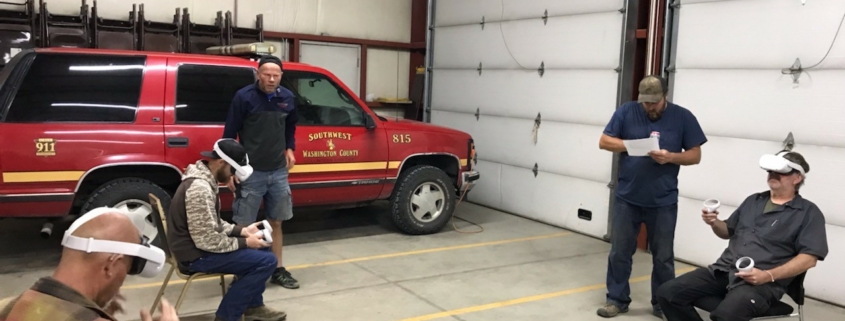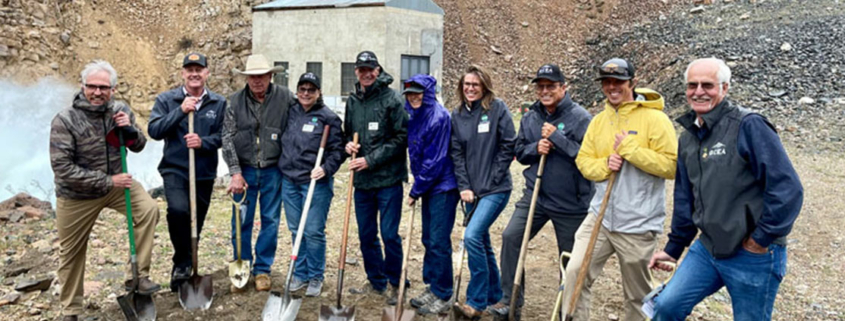PVREA Offers EV Charging Pilot Program
Poudre Valley REA partnered with FlexCharging to create an innovative pilot program that offers members an easy way to save on their electric bills. FlexCharging, a leader in EV charging technology, released EVision in June. This cloud-based EV grid integration and demand response software allows electric cooperatives and utilities to launch managed charging programs. Poudre Valley REA members who charge their EVs at home will receive bill credits for charging during reward charging times, between midnight and 3 p.m. Incentives include 2 cents off electric bills per kWh used to charge the EV, as well as a one-time sign-up bonus of $50 upon successful enrollment in the program. The average EV owner, who drives 30-40 miles per day, will save an average of $120 annually.
“At PVREA, we need a managed EV charging program to meet the needs of both our electric grid and the increasing number of EV owners in our area,” Tim Ellis, PVREA energy resources director said. “A viable, cost-effective, and user-friendly telematics solution supporting the most available EVs allows us to maximize the positive impact managed EVs can have on our grid. We’re excited to partner with FlexCharging on a new pilot program, DrivEV, that we hope can result in a safer, more reliable, and more affordable supply of power for all our members.”
DrivEV will help reduce charging costs for EV owners, decrease energy loads on PVREA, and lower carbon emissions. A recent study showed that the share of electric cars in total sales has more than tripled since 2020, from about 4% in 2020 to 14% in 2022. Electric car sales exceeded 10 million in 2022. As more people make the move to EV vehicles, innovative programs such as PVREA’s DrivEV will help meet demand for growing EV ownership, funding for charging infrastructure, and rapidly evolving regulations to move to EVs. To learn more about PVREA’s pilot program, please click here.

 2023
2023 2023
2023
 GCEA 2023
GCEA 2023